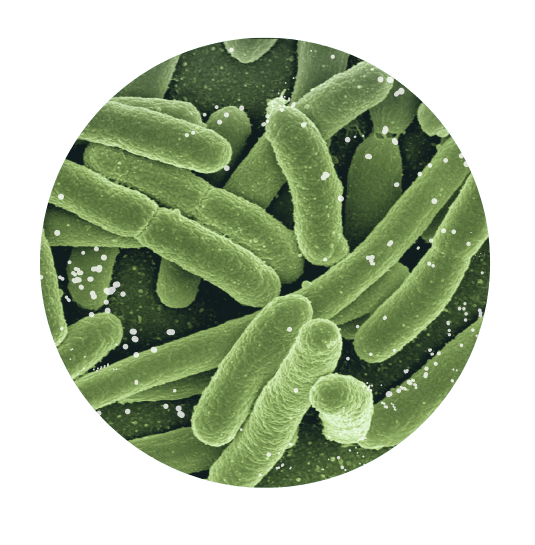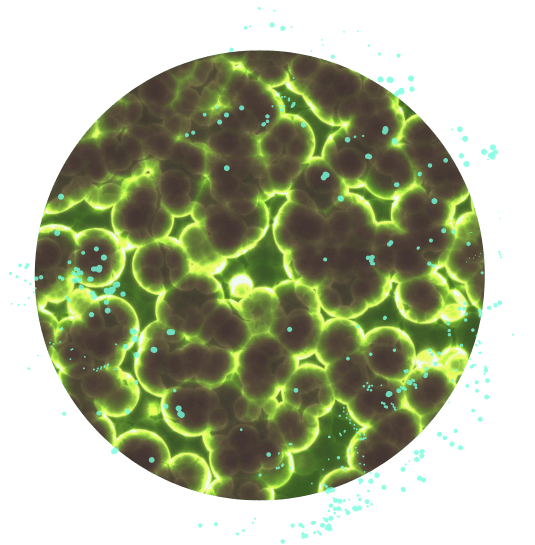Microorganisms are the most abundant and diverse life forms on Earth, playing a crucial role in ecological environment, human health, and industrial manufacturing. Studying or identifying microorganisms is beneficial for understanding their functions, analyzing the relationship between microorganisms and diseases, and even modifying microorganisms for applications in various fields such as health, industry, and environmental protection.
Linaxin Biological Nanopore Gene Sequencer supports direct sequencing of raw DNA templates without amplification or preference, cDNA sequencing, and short and long DNA sequencing. By using Linaxin's long segment nanopore sequencing technology to explore the secrets of microorganisms, you can achieve:

Nano pore gene sequencing reads longer, making it easier to cover complex and structurally variable regions. The obtained long fragments can have more overlapping areas, which is more conducive to assembling and obtaining the correct base sequence. It can also obtain accurate sequences such as repetitive sequences that are difficult to assemble by short fragment sequencing, making it easier to assemble and obtain more complete microbial genomes or plasmids, and to conduct detailed composition analysis of functional elements such as drug resistance and virulence.

The use of long segment sequencing technology to analyze microbial genomes can simultaneously identify single nucleotide polymorphism sites (SNPs), Single Nucleotide Polymorphism)、 By inserting missing sites (InDel, Insertion/Deletion) and structural variations, comprehensive and integrated information on microbial genome mutations can be obtained, which is more conducive to conducting research on species evolution, population characteristics, selection pressure, and horizontal gene transfer.

When using amplicon sequencing to study environmental microbial diversity, long fragment sequencing can cover the entire conserved and variable region sequences (such as 16S rRNA, 18S rRNA, ITS, etc.), which is more conducive to accurate identification of microbial species and species level classification and identification, thus more accurately studying the relationship between species composition and environment.
Due to the advantages of nanopore gene sequencing technology, such as no need for fragment amplification, long sequencing fragments, fast sequencing speed, compact and portable instruments, and low cost investment, and the fact that the technology is still in a stage of rapid development and progress, it has unlimited application potential and development space in the future. Therefore, why not take a step forward and start developing new applications or methods based on the Linaxin nanopore sequencing platform?